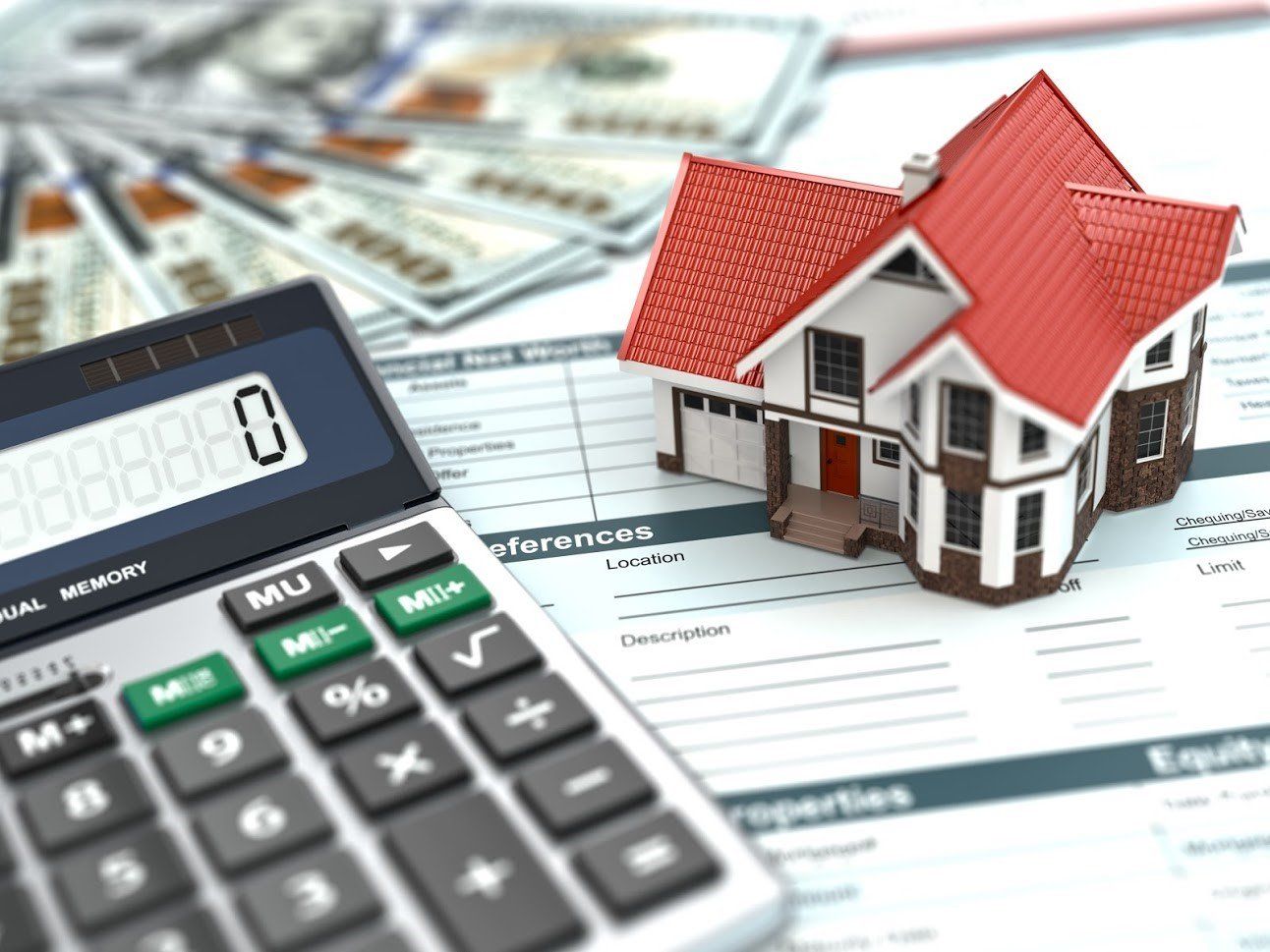Do you want to access a source of stable, low-interest credit? Then borrowing against the value of your home may be the answer you're looking for. How do you access this credit? And what should you know about using it? Discover a few answers to common questions about home equity borrowing.
What Is Home Equity?
To access the credit available in what is likely your biggest asset — your primary home — you first need to know how equity works. Equity is the value of the property minus what you still owe on it. If your home is currently valued on the market at $250,000 and you owe $150,000 on the mortgage, the equity is $100,000. This is the amount that lenders may allow you to use as collateral to borrow money.
How Do You Borrow Against Home Equity?
So, once you know how much equity is available, how do you use it? You have two primary methods. The first is a straight home equity loan. This loan, often referred to as a second mortgage, works similarly to your primary mortgage. You apply for a set amount, receive the funds, and begin making regular monthly payments of interest and principal. These loans typically have the lowest interest rates.
The other means for borrowing is a home equity line of credit (HELOC). HELOCs operate less like a traditional mortgage and more like revolving credit. The HELOC has two main periods. The first is a period of time when you can draw from the line of credit as needed. You generally pay only the interest due each month. You may pay back some or all principal if you want, but this is not usually mandatory.
The second half of the HELOC comes when the period for withdrawal is over and repayment begins. The repayment period now includes both interest and the remaining balance of principal still outstanding. This period may be equal to or longer than the withdrawal period.
How Should You Use Each Loan?
You can generally use a HELOC or home equity loan for anything you want. The main limitations come into play only if you want to deduct the interest paid. In this case, you may only deduct the interest on your taxes if you use the funds to buy a home or make substantial improvements or renovations to the existing one.
Their different approaches to lending, though, make a HELOC and a home equity loan ideal for different purposes. If you know the amount you want to borrow and only plan to borrow in one lump sum, the second mortgage approach of a traditional home equity loan is usually the best option. This would work well to pay for a wedding, home repairs or renovations, a second home, or a new business.
As revolving credit, though, HELOCs are perfect when you may need access to credit in the future but don't have a single specific amount in mind. For instance, a person returning to college or sending a child to school might use their HELOC each semester to pay for tuition and books. This credit line is also good as an emergency fund or for paying irregular large expenses.
Where Should You Start?
If either a home equity loan or a HELOC may be a good solution to your credit needs, begin by meeting with a quality lender. They will help you understand the specifics of each loan and what you qualify for so you can find the right option.
Secure One Capital Corporation
offers a variety of home loans and HELOCs to suit your particular goals. Call today to speak with a lending specialist.

